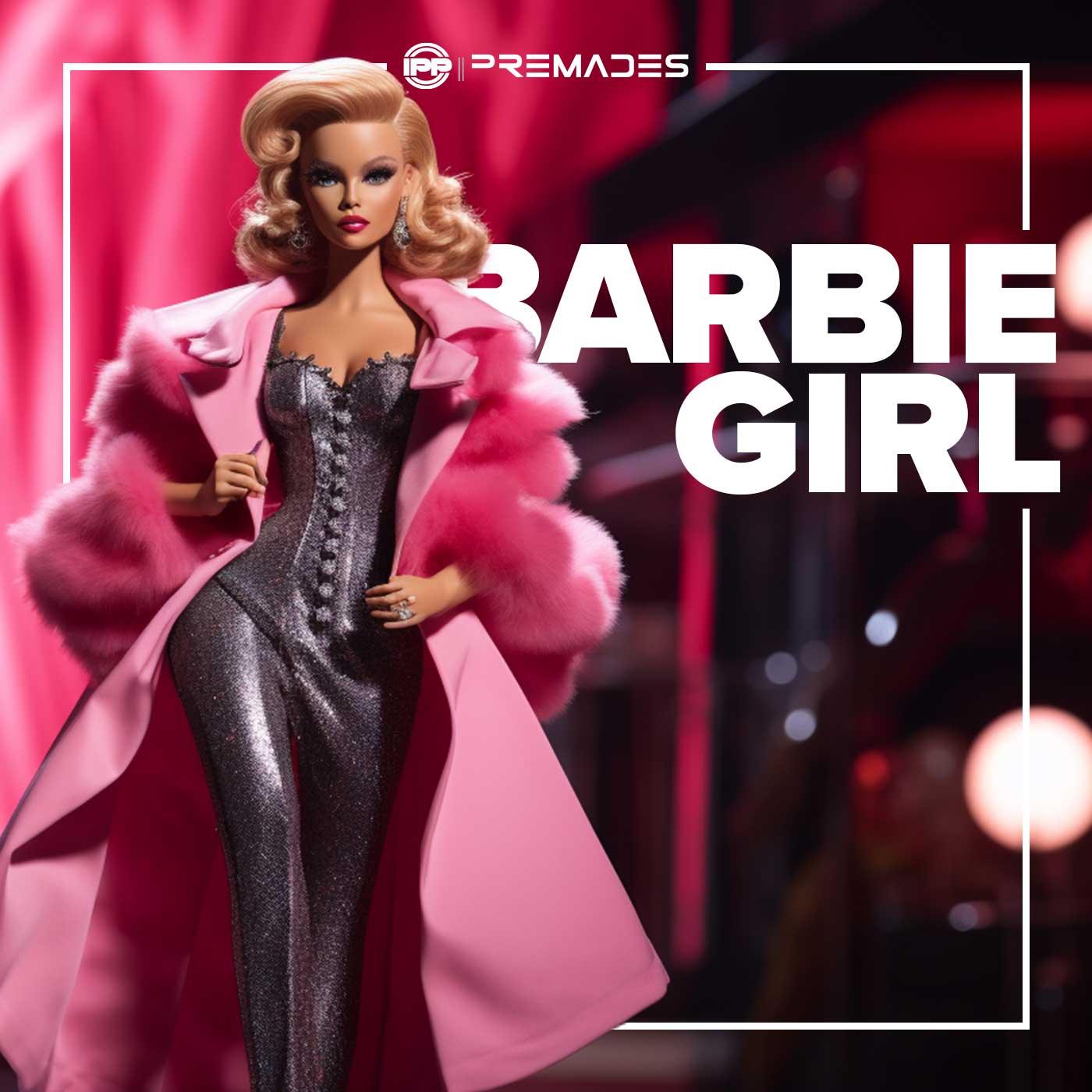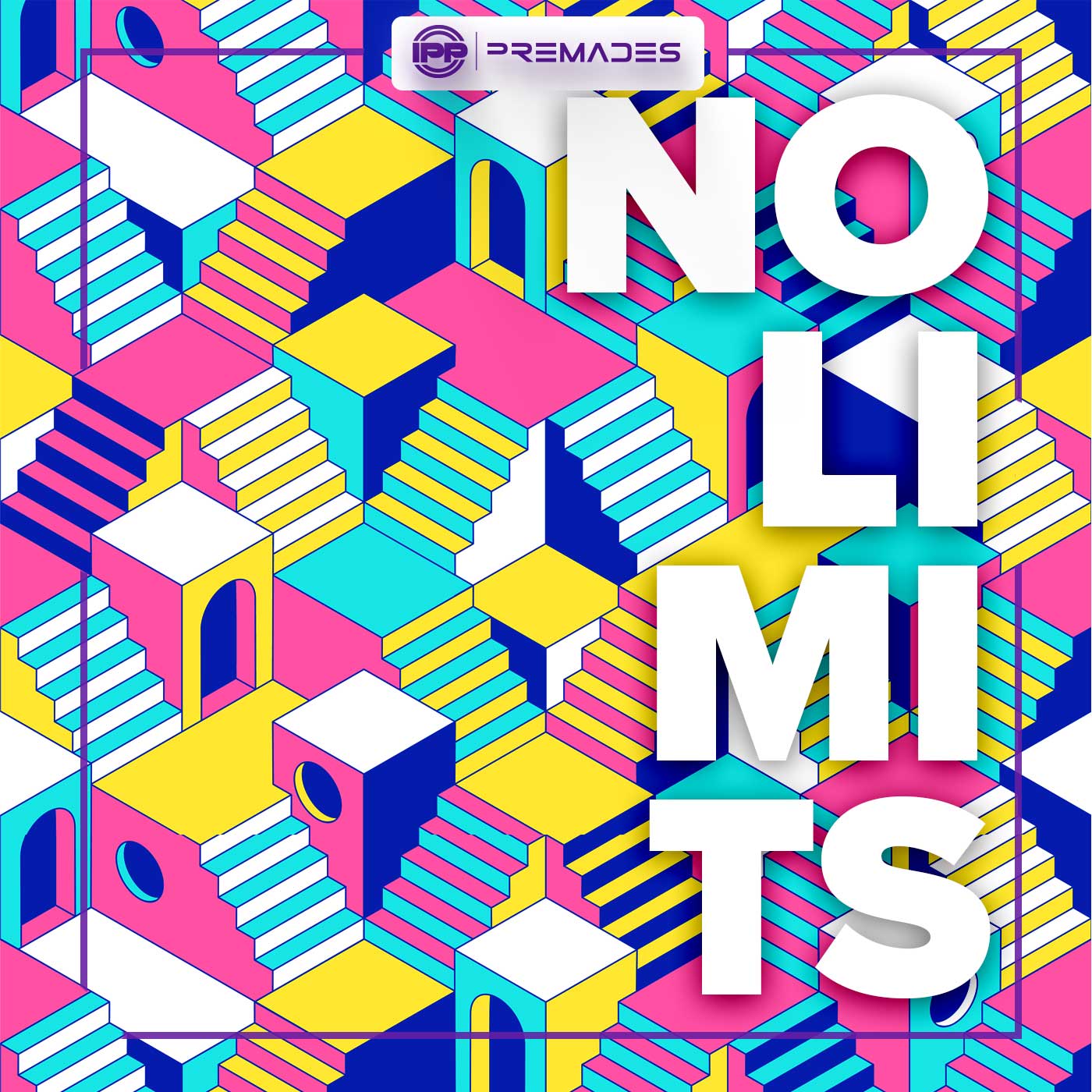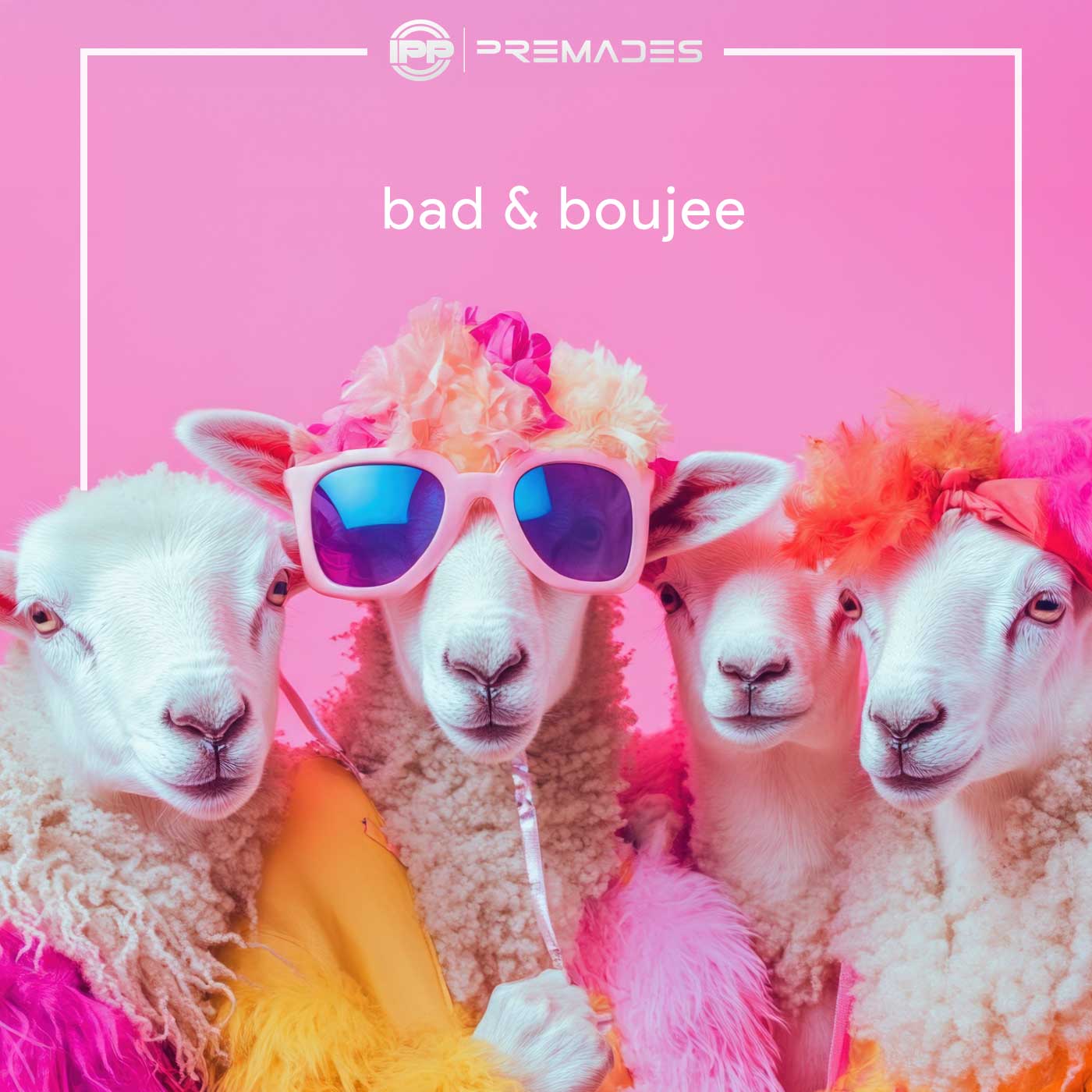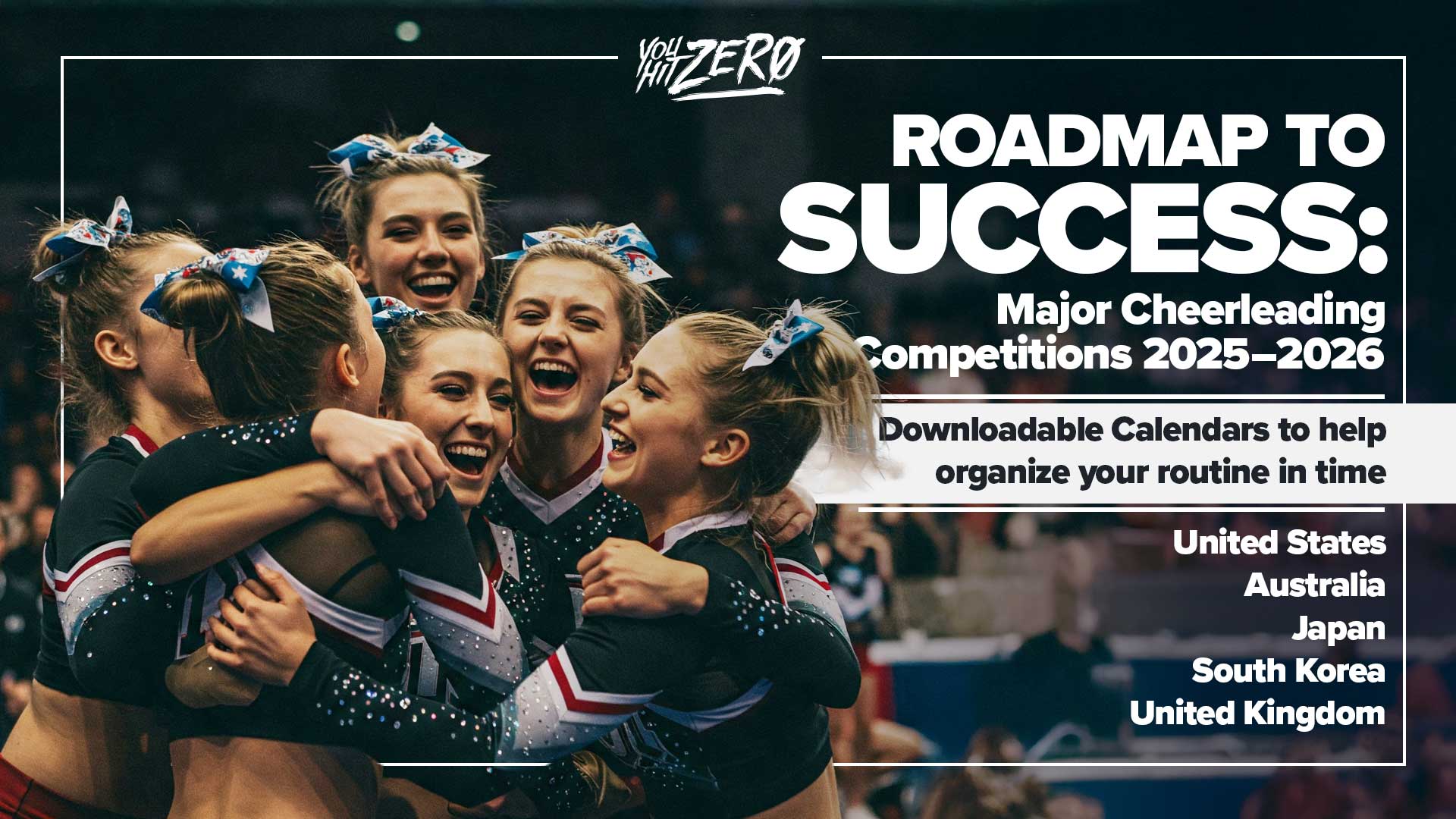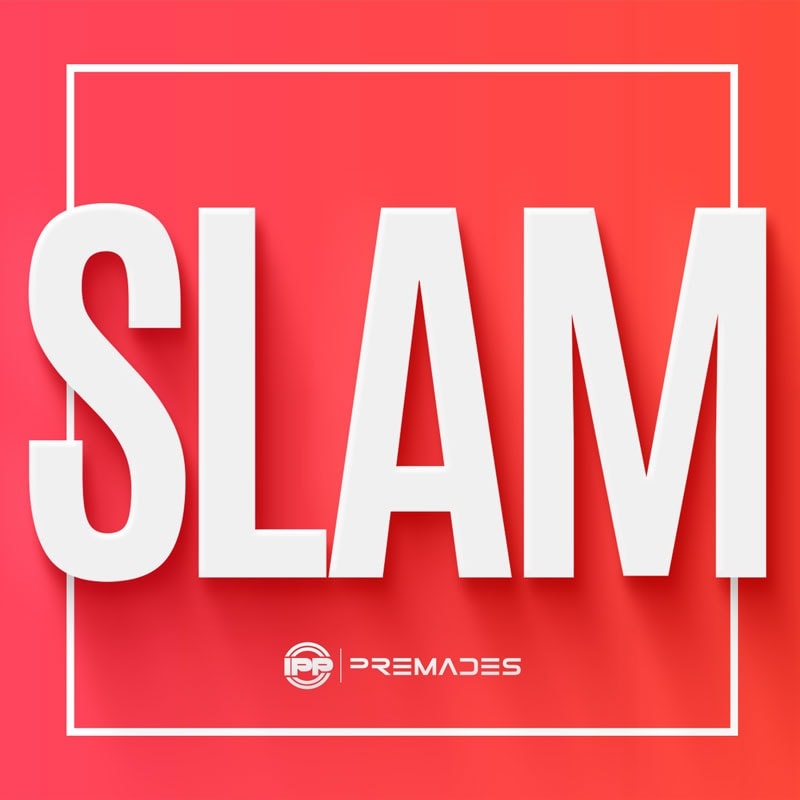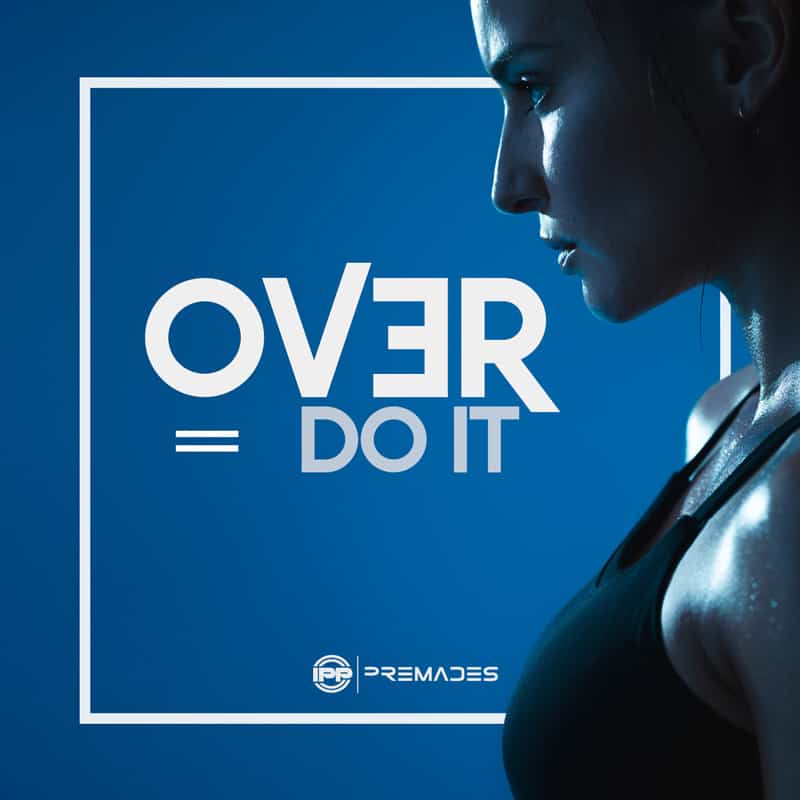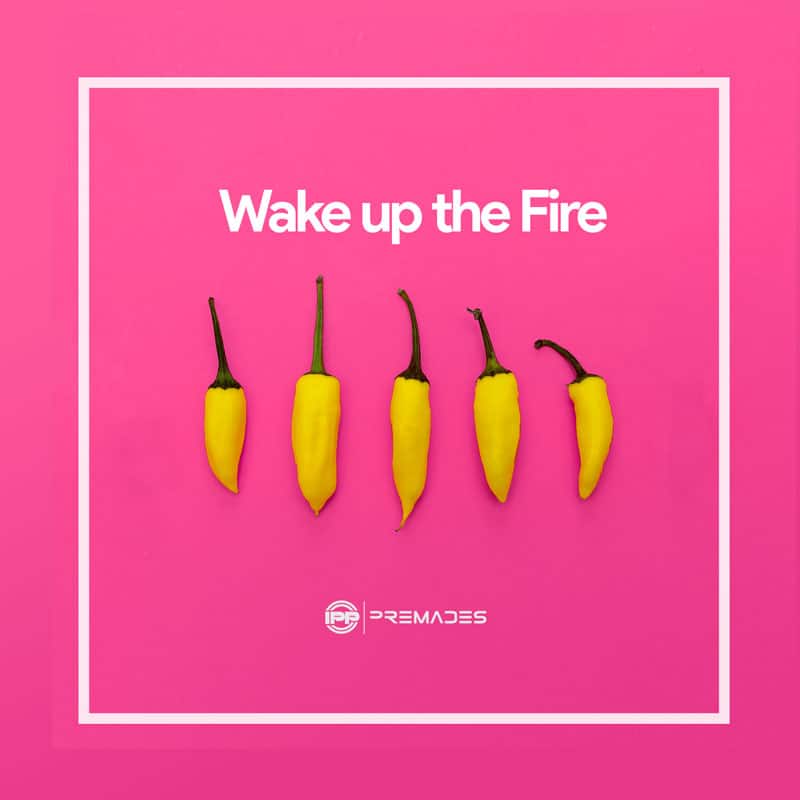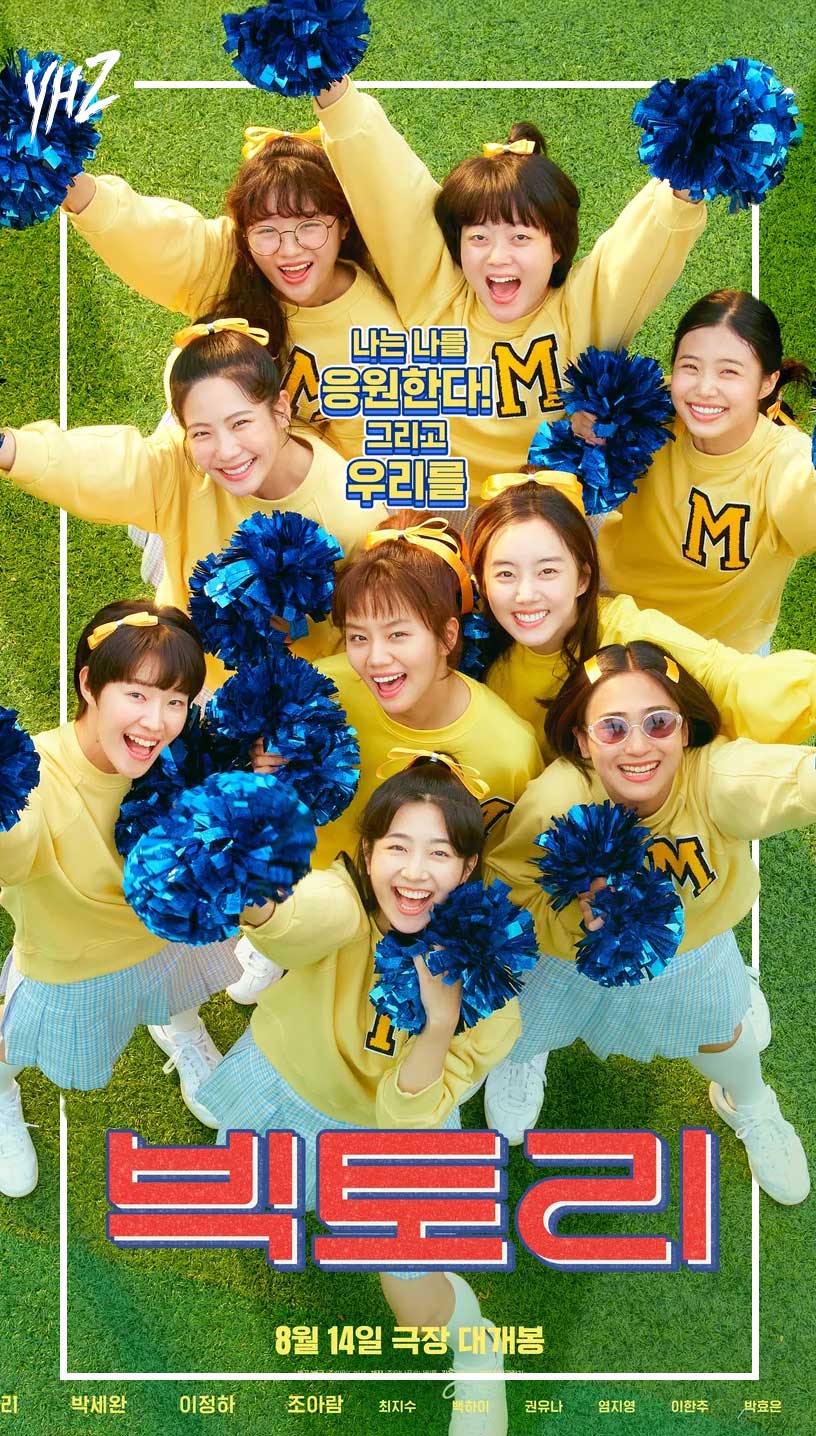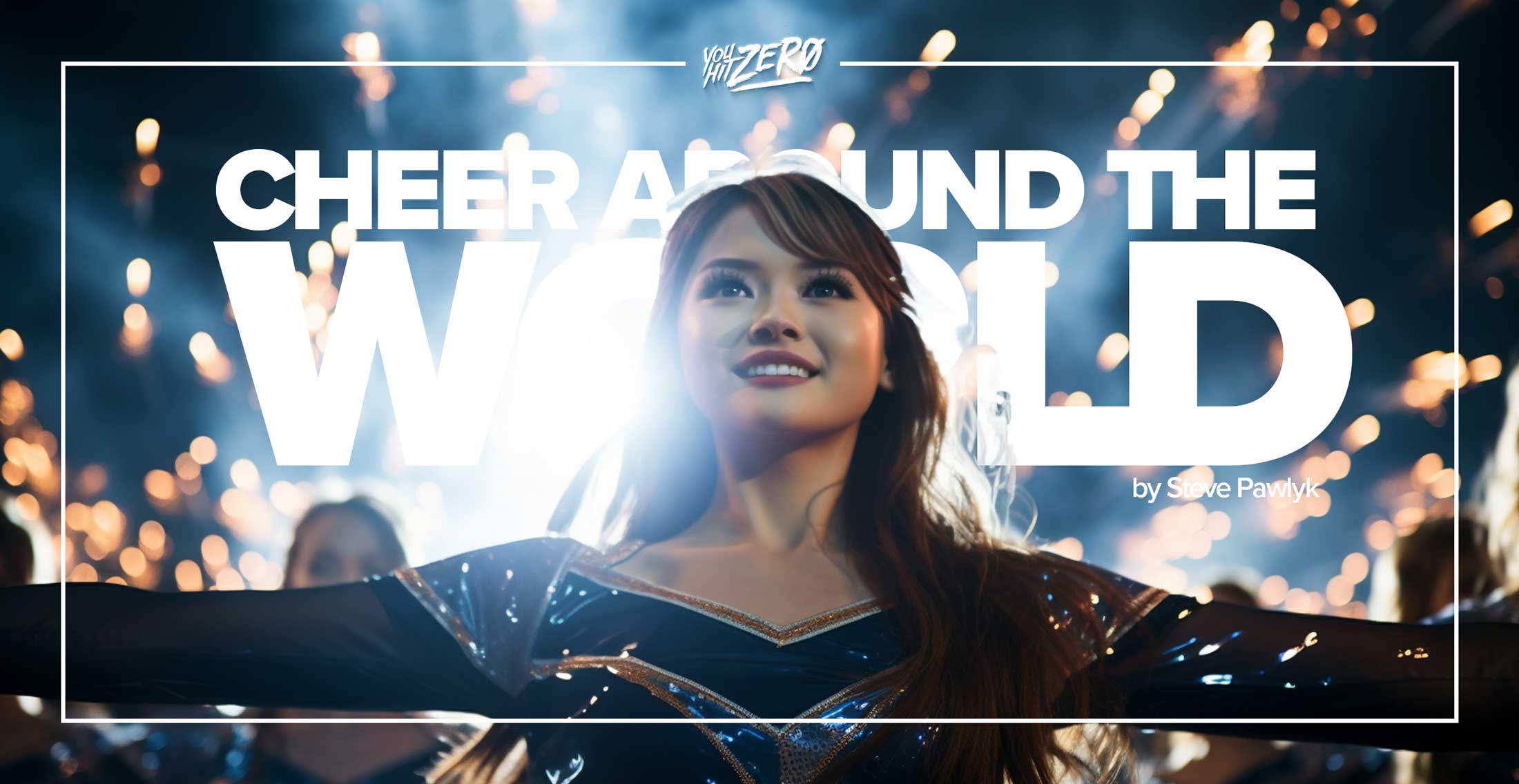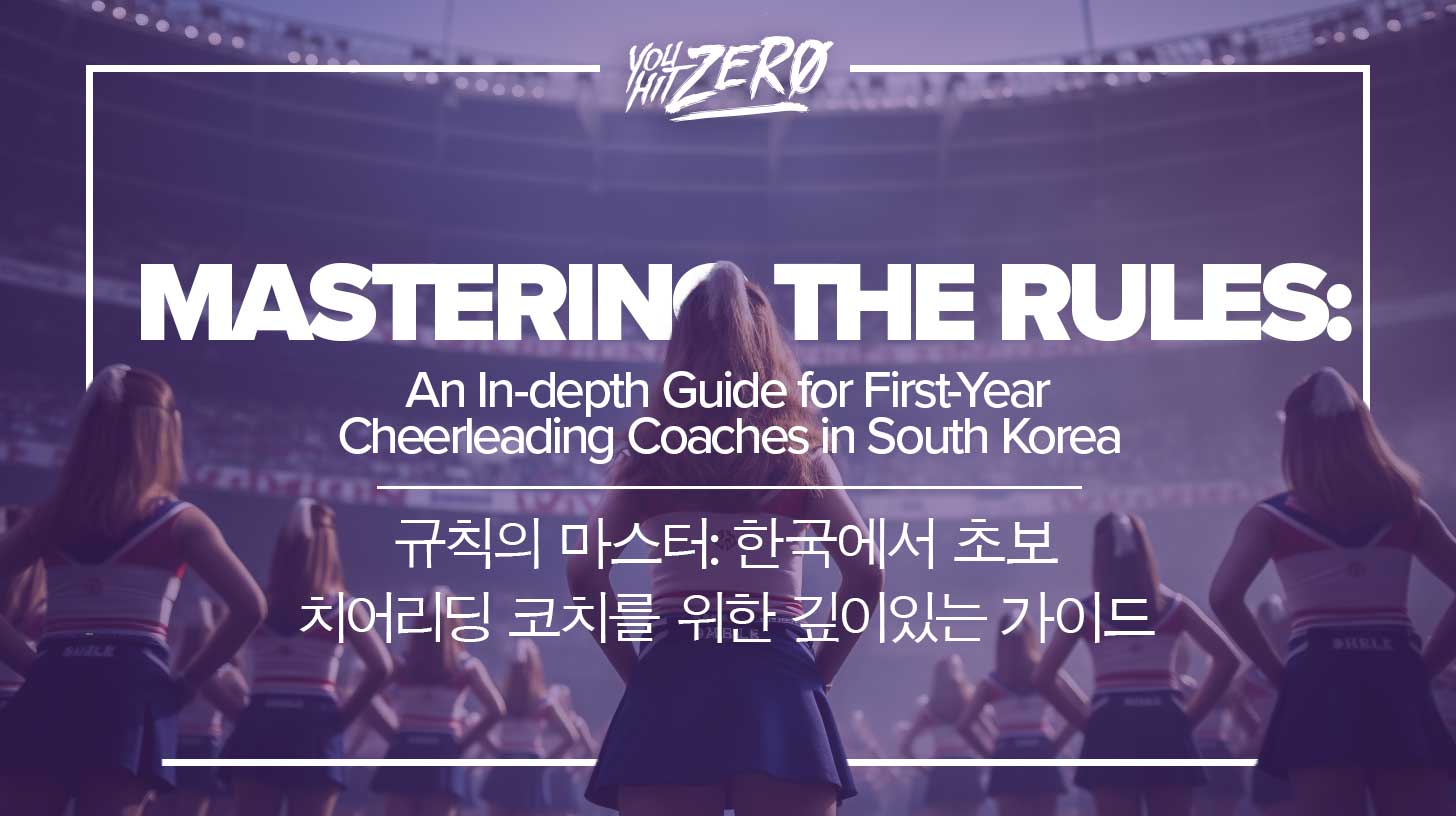By Steve Pawlyk
Published May 9, 2025
Between May 2025 and May 2026, cheerleading teams around the world are gearing up for some of the sport’s most prestigious competitions. In the United States, events like NCA & NDA College Nationals, The Cheerleading Worlds, and the Allstar World Championship draw elite talent. Across the Atlantic, the UK’s Future Cheer Internationals dominates the scene, while Australia’s AASCF Nationals, Japan’s All Japan Cheerleading & Dance Championship, South Korea’s national championship, and Mexico’s ONP National Grand Championship showcase top-tier teams in their regions.
Below we break down each major competition—including dates and unique characteristics—and provide detailed 6–9 month training roadmaps for two scenarios: (1) teams starting from scratch and (2) returning advanced teams. These roadmaps include timelines for skills training, choreography, conditioning, recovery, and crucial administrative deadlines (registration, music licensing, uniforms, bid qualifications). For convenience, each roadmap is accompanied by a downloadable .ics calendar file.
NCA & NDA College Nationals 2026 (USA) - NEW
Date & Venue: April 5–10, 2026 in Daytona Beach, Florida. This is the pinnacle of college cheer and dance, famous for its beachfront Bandshell finals. Teams qualify via summer camps or video bids, then spend months preparing to “go to Daytona.” A hallmark of NCA College Nationals is the required crowd-leading cheer section in routines and the electrifying atmosphere of performing on the outdoor stage. Top teams need difficult stunts and pyramids, sharp crowd appeal, and endurance to hit solid routines on both prelims and finals days. (As NCA says, it’s a journey “from NCA College Camp to NCA Nationals,” all for that moment on the Bandshell.
Roadmap for New Teams (Starting from Scratch)
For a new college team aiming for Daytona, the focus is on building fundamental skills and securing a Nationals bid early:
-
Summer (May–Aug 2025): Hold tryouts in late spring and immediately begin off-season conditioning. Attend an NCA Summer Camp in July–Aug 2025 to learn game day material and earn a Nationals bid (camp attendees can receive an automatic bid)varsity.com. Start basic stunt group training and coed stunt basics; emphasize tumbling drills and motions technique.
-
Fall 2025: With the bid secured, kick off regular team practices by August. Spend September on stunting technique and pyramids, gradually increasing difficulty as skills solidify. In October, begin choreographing the competition routine’s outline – including the crowd cheer segment (signs, chants, megaphones) and the music section. By November, finalize music selection and ensure it’s properly licensed. (If the team didn’t attend camp, submit a video bid by the November deadline to qualify for NCA Nationals.) In late fall, ramp up full-out practice repetitions.
-
Winter 2025–26: Hold a routine choreography camp in early January 2026 to put together the full routine with a professional choreographer. January and February are for cleaning up the routine and improving endurance – aim to be able to run full-outs back-to-back (remember, at NCA College Nationals teams often compete on both BandShell and indoor stage). Register for Nationals by the on-time registration deadline (likely February) to avoid late fees. In February, attend a local tune-up competition or showcase to simulate performing under pressure.
-
Spring 2026 (Pre-Nationals): Clean and polish the routine throughout March, focusing on tumbling passes and pyramids hitting consistently with zero deductions. Plan a friends-and-family showcase in late March as a dress rehearsal. Finalize uniform orders by March to ensure they arrive; coordinate logistics (travel to Daytona, hotel, music proof, etc.). Allow a short taper the week before competition to keep athletes fresh. Arrive in Daytona a day or two early to practice on strips of the actual performance surface if possible (outdoor elements like wind and sun can be a factor on the Bandshell).
-
Competition: Compete in prelims and, if you advance, finals between April 5–10, 2026. Aim to “hit zero” (no deductions) in both performances, showcasing strong crowd-leading in the cheer section and stellar technique in the music section. Use any feedback from prelim judges to make minor adjustments for finals. Most importantly – soak in the experience of Daytona Beach and keep the team calm and focused for the high-energy environment.
Download New Team Calendar (.ics): Below is a calendar of key dates and milestones for a new team’s journey to NCA College Nationals 2026 (from tryouts through Nationals). You can import this into your calendar app for a detailed timeline.
NCA & NDA College Nationals 2026 (USA) - ADVANCED
Roadmap for Returning Advanced Teams
Experienced college teams (especially those returning to Daytona or defending titles) can streamline early-season prep and push difficulty further:
-
Early Off-Season (May–July 2025): After the 2025 Nationals, give athletes a short break to recover (mental and physical rest is important). By June, start optional workouts focusing on maintaining conditioning and rehabbing any injuries. Many top teams still attend an NCA College Camp in summer – not only to secure their bid (if not already obtained via video) but also to practice game-day elements and bond as a team. Use camp to identify any skill gaps and set goals (“Go Be Great” initiative and spirit showcases add motivational fire).
-
Fall 2025: With many veterans returning, you can start at a higher difficulty level. In August and September, introduce new elite stunts, pyramids, and tumbling passes that build on last year’s routine – push creativity and difficulty since these teams aim to wow judges. Analyze score sheets from 2025 to address any relative weaknesses (for example, if tumbling difficulty was maxed out, focus on stunt innovation, etc.). By October, have a preliminary routine outline and begin full routine choreography earlier than a novice team would. Using the fall, perform at pep rallies or exhibitor events to get comfortable performing in front of crowds. Ensure music is mix-mastered by winter and fully compliant with licensing rules (Varsity requires use of licensed music providers).
-
Winter 2025–26: Many returning teams aim to have the bulk of their routine ready by the holidays so they can spend January–March cleaning and refining. Schedule full-out routines multiple times per week starting in January 2026. Because NCA scores execution heavily, allocate practice time to perfect stunt timing, toss technique, and pyramids dismount landings. Simulate the Daytona environment in practice – for example, practice outdoors in a breeze for the Bandshell feel, or run from a mock prelim to a finals routine on back-to-back days to build stamina. By February, all sections (including the game-day cheer segment) should be hitting consistently.
-
Pre-Nationals Spring 2026: In March, host a mock competition with impartial judges (maybe alumni or local coaches) to score the routine and provide feedback. Use this feedback to make final adjustments – seasoned teams might increase difficulty in a section if they’ve been consistently hitting zero, knowing the payoff in score could be worth the risk. Finalize all logistics (travel, accommodations at Daytona, practice schedules) well ahead of time. A week or so before Nationals, hold a high-energy send-off performance in front of the school/community to build confidence and excitement. Then taper activity slightly to keep athletes fresh and injury-free.
-
Competition: Arrive at NCA Nationals ready to handle the pressure. Experienced teams know to treat prelims as finals – a strong Day 1 can secure a favorable draw/order for finals. At the event (April 2026), pay attention to NCA’s scoring nuances: e.g., the crowd segment – ensure signs, poms, and motions are sharp and the crowd effect is maximized (NCA judges reward effective crowd-leading). Between prelims and finals, coaches should review routine video for any bobbles to fix. By this stage, an advanced team’s muscle memory and experience take over. The result: a confident, aggressive finals performance in Daytona to contend for a national title.
Download New Team Calendar (.ics): Below is a calendar of key dates and milestones for a new team’s journey to NCA College Nationals 2026 (from tryouts through Nationals). You can import this into your calendar app for a detailed timeline.
The Cheerleading Worlds 2026 (USA) - NEW
Date & Venue: April 24–27, 2026 at ESPN Wide World of Sports, Orlando (Walt Disney World). The Cheerleading Worlds is the premier international all-star championship, where elite Level 6/7 teams from around the globe compete. Over 500 teams from 25+ nations converge for this event, each having earned a bid throughout the season. Routines are all music (no cheer segment) and are scored on difficulty, technique, creativity, and perfection – hitting a zero-deduction routine is crucial in this “pinnacle of the sport’s most prestigious stage”. With prelims, semi-finals, and finals in many divisions, teams often must perform multiple days. Scoring emphasis: Tumbling and stunt difficulty at the absolute maximum of the scoring grid, impeccable execution, and standout choreography (transitions, visual effects) to set teams apart. Small details like uniform design and performance showmanship can even make a difference at this level.
Roadmap for New All-Star Teams
A newly formed all-star Worlds team (perhaps a gym’s first Worlds team) has a steep road: they must build skills and secure a Worlds bid during the season:
-
Spring–Summer 2025 (Formation & Basics): Hold tryouts by May 2025 once the previous season ends. Select athletes who meet the age and level requirements for a Worlds team (typically Level 6 or 7). Start training in June with a focus on basics: establish technique for tosses, standing tumbling (fulls/doubles), and stunt group assignments. Over summer, schedule extra clinics for specialty skills like baskets and tumbling upgrades. Also, choose a competition schedule targeting bid-qualifying events (e.g., USA Cheer or Varsity competitions that offer Worlds bids).
-
Choreography & Routine Building (Late Summer 2025): By July or August, host a choreography camp to create a first draft of the Worlds routine. Since difficulty is paramount at Worlds, incorporate the hardest skills the team can safely execute – but ensure to design routine sections that highlight athletes’ strengths (e.g., if you have strong tumblers, emphasize synchronized tumbling passes). By the end of summer, you should have a routine that hits all score sheet elements (stunts, pyramid, running and standing tumbling, jumps, dance). Obtain music from a licensed producer (the mix often includes voice-overs highlighting team name/theme).
-
Fall 2025 (Routine Reps & Early Comps): Use the fall months to condition the athletes for full 2:30 routines. Initially, break the routine into sections for cleaning. Start doing full-outs by October. It’s wise for a new team to attend an early-season competition (Nov or Dec 2025) to get feedback. Even a local competition can serve as a reality check for stamina and where deductions occur. Adjust choreography if needed – for example, if a stunt is not hitting consistently by December, consider simplifying it to ensure a clean routine by Worlds.
-
Bid Qualification (Winter 2025–26): Worlds bids (Paid, At-Large) are typically up for grabs starting mid-season. Plan to attend at least one major nationals or bid event in Jan/Feb 2026. Many teams target events like CHEERSPORT, NCA All-Star Nationals (late February), or UCA International All-Star Championship in March to secure their bid. If your team is still growing, consider smaller bid events for an At-Large bid. Keep in mind: teams must have a bid to attend Worlds, so this is a critical milestonecheermedia.com. Once a bid is earned, immediately take care of Worlds registration and payment by the stated deadline (usually by late March). Also coordinate travel early – Orlando fills up with cheer teams during Worlds week.
-
Spring 2026 (Pre-Worlds Prep): After securing the bid, intensify focus on execution. March is the time to max out your routine – add that extra tumbling pass or trick if the team can handle it, because difficulty can separate teams at Worlds. Many gyms attend Showcase events or even The U.S. All Star Federation’s Worlds Send-Off in April to practice performing in front of a crowd one last time. Keep athletes healthy: incorporate recovery days, sports therapy sessions, and mindset training (the Worlds stage can be overwhelming for first-timers).
-
Worlds Week (April 2026): Arrive in Orlando a few days early to get acclimated. Practice on spring floors at the venue’s scheduled practice times. Prelims/Semis: Treat every performance like finals – in a huge field, you often must hit multiple clean routines to even make finals. Trust the training and emphasize performing with confidence and energy (judges at Worlds look for difficulty and flawless execution). By April 24–27, 2026, you’ll take the mat at Worldscheermedia.com representing your gym and possibly your country, aiming to hit a routine that impresses both judges and the world streaming online.
The Cheerleading Worlds 2026 (USA) - ADVANCED
Roadmap for Returning Advanced Teams
Top Worlds teams (many of them world champions or medalists) treat the season as a marathon where they fine-tune every detail. For a returning Worlds team:
-
May–July 2025: Conduct tryouts soon after Worlds 2025 to fill any open roster spots (many athletes will return, but aging out or injuries may require new members). Set season goals (e.g., “increase stunt difficulty by X,” “score 5 points higher in performance scores”) in a kickoff meeting. Start summer practices focusing on skill upgrades – for instance, if last year’s routine lacked back tucks in jumps or certain coed stunt releases, incorporate drills to add those. Many elite teams invite outside experts for tumbling or flexibility clinics in summer.
-
Routine Construction (Summer/Early Fall 2025): By mid-summer, the coaching staff often has a game plan for the routine theme and construction. High-level teams sometimes get choreography done as early as August or September to give maximum time for mastery. Use skills from the new Worlds score sheet update (if any changes for 2025–26 season) to ensure you’re choreographing to maximize points. Emphasize innovative elements – judges at Worlds love novel transitions, creative pyramids, and “wow factor” moments. By the end of September, aim to have a routine that can score near full difficulty when executed.
-
Competition Season (Fall 2025–Winter 2026): Rather than waiting, many returning teams compete at major competitions mid-season to secure a Paid bid and test their routine under pressure. For example, attend an early bid event in November or December 2025; some U.S. teams go to events like the All Star Challenge or America’s Best (or for international teams, perhaps an early national championship) to grab a bid. Securing a Paid Bid by January means less financial stress and more focus on training. Through January and February, practice is relentless: full-outs 3–4 times a week, cross-training for endurance (some teams do swimming or extra cardio sessions), and frequent cleaning sessions (drilling tumbling landings, fixing any form breaks in stunts).
-
Peak and Taper (March–April 2026): March is about peaking – difficulty and performance should reach their zenith. It’s common for elite teams to hold a showcase or send-off in late March or early April for family and fans, performing the routine in uniform exactly as they will at Worlds. This provides one last performance rep and confidence boost. After that, focus on mental preparedness and slight tapering of physical intensity to keep athletes fresh. By now, all logistics for Worlds (travel, Disney park tickets, practice gym bookings) are finalized. The team might also review tape of top competitors (if available from other comps) to understand how they can stand out.
-
Worlds 2026: Arrive with time to adjust to the venue. For veterans, the Worlds arena atmosphere – massive crowd, cameras, and pressure – is familiar, but remind any newer athletes what to expect. Usually, there’s a prelim/semifinal round: treat it like finals, hitting a solid routine to advance.
An advanced team might hold back nothing, knowing consistency is their strong suit. By finals day, rely on experience: trust that the routine you’ve competed all year can hit one more time. Often the difference at this level is mental – staying calm, confident, and aggressive on the mat. Aim to hit that perfect routine and leave the rest to the scores. Regardless of placement, a returning team’s success is measured by improvement and executing a routine at the limit of what’s possible in cheerleading.
Allstar World Championship 2026 (USA) - NEW TEAM
Date & Venue: April 16–19, 2026 in Orlando, Florida (Orange County Convention Center). The Allstar World Championship (often dubbed “Allstar Worlds”) is a relatively new international event produced by the Open Championship Series, and it’s quickly become one of the world’s largest cheer and dance competitions. In 2025 it featured over 1,500 teams across all ages and level, and 2026 is expected to be just as massive. Teams qualify by earning bids at independent (non-Varsity) events throughout the season. The competition has a unique format with “Battle Rounds” and Finals on separate days, meaning teams might compete multiple times in a tournament-style progression. Scoring emphasis: Since many teams come from various independent event brands, scoring aligns with industry standards (difficulty & execution), but performance/showmanship is huge – the crowd energy at Allstar Worlds is high, with programs trying to prove themselves on a world stage outside the USASF/IASF Worlds framework. This event also includes more divisions (including Allstar prep and international divisions) in a big celebration of cheer.
Roadmap for New Teams
For a gym that’s aiming to send a team to Allstar Worlds for the first time, here’s how to navigate the season:
-
Summer 2025 (Team Assembly): After tryouts in May, confirm the team’s division and level (Allstar Worlds has divisions for various levels, not just Level 6/7 like USASF Worlds). Ensure you attend Open Championship Series competitions during the year, since a bid is requiredcheermedia.com. Identify a target event in your region that offers Allstar Worlds bids (these could be independent events like Cheer LTD, Champion Cheer, etc., throughout fall/winter). Begin routine choreography by end of summer, focusing on a fun theme or wow factor – Allstar Worlds crowds love entertaining routines.
-
Fall 2025: Train fundamentals and run routine sections in practice. Because some athletes might be younger (if lower levels are competing at Allstar Worlds), instill good technique early. Attend at least one local competition by November 2025 to get feedback. Use that to adjust stunt difficulty or sequencing. Also, apply for/secure music licensing – even independent events require proof of licensed music, so use a service that provides documentation. Uniforms should be ordered by fall if new, to ensure arrival for the first competitions.
-
Bid Events (Winter 2025–26): Compete at your chosen bid event when ready – possibly December 2025 or January 2026. If you don’t win a bid on the first try, have backup competitions planned in Feb or even early March (the Open Series often has later bid comps). An At-Large bid will suffice to attend, though a Paid bid helps financially. Once the bid is secured, celebrate briefly, then refocus on cleaning up for Allstar Worlds. Submit all required bid acceptance paperwork and register for Allstar Worlds by their deadline (likely in March 2026).
-
Pre-Event Prep (March–Apr 2026): Practice the routine in the “Battle Round” format – at Allstar Worlds, you might perform on Day 1 (battle) and only some advance to Day 2 finalscheermedia.com. Prepare two days of energy. If your division has a large number of teams, you may compete twice before finals. Stamina training (running full-outs on back-to-back days in practice) will help. Focus on performance showmanship: facials, sharp motions, and engaging choreography can set your team apart in a field of many.
-
Allstar Worlds Event (April 2026): Arrive in Orlando with time to adjust (like Worlds, this is at a huge venue). Attend the check-in and any opening ceremonies to get athletes excited. On competition day, bring the fun and passion – judges and crowd here appreciate a joyful, high-energy performance as much as difficulty. If you advance past battles to finals, treat finals like a fresh start (scores often don’t carry over fully). The goal for a new team should be hitting a personal best routine on that Worlds stage and making memories at this international showdown.
-
Bid Qualification (Winter 2025–26): Worlds bids (Paid, At-Large) are typically up for grabs starting mid-season. Plan to attend at least one major nationals or bid event in Jan/Feb 2026. Many teams target events like CHEERSPORT, NCA All-Star Nationals (late February), or UCA International All-Star Championship in March to secure their bid. If your team is still growing, consider smaller bid events for an At-Large bid. Keep in mind: teams must have a bid to attend Worlds, so this is a critical milestonecheermedia.com. Once a bid is earned, immediately take care of Worlds registration and payment by the stated deadline (usually by late March). Also coordinate travel early – Orlando fills up with cheer teams during Worlds week.
-
Spring 2026 (Pre-Worlds Prep): After securing the bid, intensify focus on execution. March is the time to max out your routine – add that extra tumbling pass or trick if the team can handle it, because difficulty can separate teams at Worlds. Many gyms attend Showcase events or even The U.S. All Star Federation’s Worlds Send-Off in April to practice performing in front of a crowd one last time. Keep athletes healthy: incorporate recovery days, sports therapy sessions, and mindset training (the Worlds stage can be overwhelming for first-timers).
-
Worlds Week (April 2026): Arrive in Orlando a few days early to get acclimated. Practice on spring floors at the venue’s scheduled practice times. Prelims/Semis: Treat every performance like finals – in a huge field, you often must hit multiple clean routines to even make finals. Trust the training and emphasize performing with confidence and energy (judges at Worlds look for difficulty and flawless execution). By April 24–27, 2026, you’ll take the mat at Worldscheermedia.com representing your gym and possibly your country, aiming to hit a routine that impresses both judges and the world streaming online.
Allstar World Championship 2026 (USA) - ADVANCED
Roadmap for Returning Teams
Gyms that have been to Allstar Worlds before (or regularly attend) will approach the season with confidence and perhaps aim for higher placement or a Paid bid:
-
Summer 2025: Solidify the team early and plan the competition schedule to hit key bid events. An experienced team might go for a Paid Bid at a major Open Championship in fall. Since Allstar Worlds allows multiple levels, if this is a senior team of a lower level (say Level 4 or 5), ensure the athletes maintain skills after the previous season – no time for a long break. Conduct a skills camp in July focusing on upgrading tumbling passes or stunt technique.
-
Fall 2025: Complete routine choreography by the start of fall so that by October you’re running full routines. Consider attending The Open branded events or Champion’s Cup in November if they offer bids – snagging an early bid can ease the road. Use fall competitions to test risky elements; if all goes well, keep them, if not, adjust by January.
-
Winter 2025–26: Once a bid is secured (hopefully a Paid Bid by late fall), utilize December–February to polish. Because Allstar Worlds isn’t Varsity-run, there may be slight differences in score focus – research judging feedback from 2025’s event to see what was rewarded (maybe creativity and pyramid difficulty were big). Incorporate those insights. Continue to keep the routine fun and engaging – returning teams often bring back signature moves or themes that the Allstar Worlds crowd remembers.
-
Spring 2026: As Allstar Worlds approaches, simulate the Battle Round format in practices. For example, have the team do a full-out in the morning (as if Day 1) and another in the afternoon (as if Day 2 finals) to build confidence that they can hit twice. Fine-tune the routine pace so athletes have the endurance to finish strong (judges notice if energy fades at the end). Take advantage of any “last chance” comps only if needed – otherwise, focus on practice.
-
At the Championship: A returning team knows to soak in the unique atmosphere – an enormous convention center with multiple floors and a festival-like atmosphere. Remind athletes to stay focused amid the spectacle. The team can also lean on past years’ experience: e.g., if last year they lost points on a minor deduction, they know now to avoid that mistake. Execute the battle round with confidence to advance to finals. In finals, aim to outperform your own Day 1 routine – the goal is to peak at the right moment.
Future Cheer Internationals 2025 (UK) - NEW TEAMS
Date & Venue: June 20–22, 2025 at the Bournemouth International Centre (BIC) in Bournemouth, UK. Future Cheer Internationals (often called “FC Internationals” or just “Future Cheer Nationals”) is the largest cheerleading competition in the UK and Europe. It attracts programs from across Britain and even abroad, all competing under one roof just steps from the beach. Uniquely, registration for this event opens extremely early (September of the prior year) due to high demand, and it reaches capacity quickly. Teams range from tiny novice to elite worlds-level, performing on a sprung floor in multiple arenas. Scoring emphasis: Generally aligns with USASF/IASF standards, but showmanship and cleanliness are key. Judges often come from international backgrounds, so they look for sharp motions, synchronized technique, and creative choreography. This event also often offers bids to USASF Worlds and other end-of-season championships, so top teams choreograph with those score sheets in mind too.
Roadmap for New Teams
If a new team or program in the UK is aiming to compete at Future Cheer Internationals 2025, their season might look like this:
-
Team Formation (Autumn 2024): UK teams typically kick off in September with the new school year. Hold tryouts or team placements in early September 2024. Register for FC Internationals as soon as registration opens (Sept 16, 2024) – it’s first-come, first-served until they hit capacity, so a new team must secure their spot. Begin weekly practices focusing on core skills (stunts at level, tumbling basics, dance).
-
Late 2024: By November, start routine choreography or at least stunt sequence construction. Many UK teams bring in choreographers in the winter. Plan music production by December so you can get proper licensing (usually via companies like ASCAP-covered producers or using sites aligned with the UK music guidelines). Over the winter break, athletes should maintain conditioning, as January will ramp up.
-
Early 2025: Aim to have your full routine choreographed by January. Future Cheer’s Early Bird payment deadline is January 6, 2025, so ensure fees are sorted to get the discount. Use January and February to drill technique – UK competitions often deduct for form issues (bent legs, incomplete twists), so clean those up. Consider attending a smaller regional competition in Feb or March (Future Cheer and other organizations host events like “Heart of England” or “Legacy” etc.) as a trial run. This gives athletes experience and the coaches insight into any changes needed.
-
Mid-season Adjustments (Spring 2025): By March, incorporate any judge feedback from the regional comp. The on-time registration payment deadline is March 10, 2025futurecheer.net, so finalize your roster and ensure all paperwork (insurance, music licenses, athlete IDs) are submitted by then. Order any new uniforms by the spring if you haven’t yet – you’ll want them by May. Through April and May, intensify full-outs. UK events don’t usually have prelims/finals – it’s one-shot performances – so practice executing the routine perfectly first try. Emphasize stamina: a 2 minute 30 second routine should be solid from start to end.
-
Pre-Competition (June 2025): Hold a showcase or open practice in early June to perform in front of supporters – this boosts confidence. Taper training slightly the week of the event to avoid injuries, but keep athletes’ bodies active. Bournemouth is a travel destination, so finalize travel plans (coaches often book hotels and transport well in advance). Remind athletes to stay hydrated and rested – June can be warm, and excitement will be high.
-
Competition (June 20–22, 2025): Arrive at the BIC, enjoy the atmosphere (multiple halls of cheer routines!). For a new team, the goal is to hit a clean routine and have an unforgettable experience. The crowd and judges will appreciate big smiles and confident performance. Because this is “Internationals,” remember that winning isn’t everything – hitting zero and showing improvement is a huge success for a first-timer on such a big stage. If your division awards bids (e.g., to Cheerleading Worlds or Summit), an extra clean routine might even earn you onefuturecheer.net! Regardless, celebrate the journey – from a brand-new team to competing at Europe’s biggest competition in just 9 months.
Future Cheer Internationals 2025 (UK) - ADVANCED
Roadmap for Returning Advanced Teams
For a veteran UK team aiming to top their division or grab Worlds bids at Future Cheer:
-
Summer 2024: Training might continue year-round for top teams; however, official practice ramps up in August. As soon as dates are announced, ensure the team is registered (an experienced coach will sign up on Sept 16 at 9:00am sharp!). Analyze the 2024 scores—where can you gain points? Perhaps tumbling difficulty or pyramid creativity. Set those targets early.
-
Fall 2024: Implement a skills camp or invite a US choreographer in early autumn to inject fresh ideas. By October, have the routine mostly set. Since this team has competed together, you can push difficulty sooner. Compete at one or two winter events (like Future Cheer’s “Winter Wonderland” in December) to see how the routine scores. Use these outings to test any risky elements under pressure.
-
Winter/Spring 2025: Pay close attention to deadlines: though you likely paid by January, confirm everything by March. If aiming for a USASF Worlds bid at FC Internationals, tailor sections of your routine to the Worlds score sheet (e.g., include more elite combo passes for tumbling, as Worlds values that). Through spring, focus on maximizing the execution score – a difficult routine only wins if performed cleanly. Conduct weekly mock-judging sessions: have coaches score portions of the routine and demand those last minor deductions be cleaned (pointed toes, synchronized landings, etc.). Conditioning is key – athletes should be able to finish the routine strong; consider extra cardio or full-out back-to-back runs.
-
Pre-Competition: As a seasoned team, host a big showcase right before Internationals, inviting media or recording it for social. This not only hypes the athletes but also puts a bit of pressure to simulate the event. At this point, trust in the training – avoid over-practicing the final week. Keep everyone healthy (maybe schedule physio for anyone with nagging pains, enforce good nutrition and sleep).
-
Competition Weekend: Arrive in Bournemouth with confidence. The team knows the arena and what nationals feels like. Their aim is likely to win or hit a specific score threshold. Remind them to enjoy it too – an authentic, confident performance can impress judges as much as pure technique. During the routine, veteran athletes will know how to adapt if something small goes awry (e.g., save a wobbly stunt) – this composure is your advantage. When that final beat hits, a seasoned team should be smiling because they know they just delivered something special. In awards, you might secure not only a trophy but possibly a bid to Worlds or other postseason events if offered – a valuable prize for all that hard work.
AASCF Nationals 2025 (Australia) - NEW TEAMS
Date & Venue: November 20–24, 2025 at the Melbourne Convention & Exhibition Centre (Australia). The Australian All Star Cheerleading Federation (AASCF) Nationals is the largest cheer event in Australia, featuring over 2,000 routines and 11,000+ athletes across cheer and dance. It’s the culmination of the Aussie season (which typically runs February–November). This championship is notable for its “Road to Worlds” segment on the final day, where top teams vie for bids to the USASF Cheerleading Worlds. With divisions from Tiny Novice to Level 7, it’s a marathon event over 5 days. Scoring emphasis: Similar to other all-star events (difficulty & execution), but given the scale, consistency matters – teams often compete once (finals only) except some Level 7 that might have Day 2. AASCF’s score system aligns with ICU/IASF standards. Unique to 2025: Monday, Nov 24 is dedicated to Worlds bid performances, so teams aiming for bids must keep some energy in reserve for an extra run.
Roadmap for New Teams
For a new Australian all-star team working towards their first Nationals:
-
Summer 2024–25 (Dec–Jan): Australia’s season starts in the new year (many tryouts happen in Dec or Jan). So, hold tryouts in January 2025 right after the holiday break. Begin training in February focusing on fundamentals. Set attendance at AASCF State Championships mid-year as a goal – these regional comps (around August/September) will prepare the team for Nationalsinstagram.com.
-
Feb–May 2025: Use the first few months for skill building. If it’s a Level 2 team, for example, ensure all stunt groups master extended stunts by May, and all tumblers have solid back handsprings, etc. Choreography can be planned for winter – perhaps in June or July – when the team is skill-ready and right before competition season picks up. Also, early in the year, sort out administration: AASCF membership, music licensing (APRA AMCOS in Aus covers some, or use USA cheer music providers), uniform design and orders (many Aussie teams get new uniforms by Nationals; ordering by mid-year is wise).
-
Mid-Year 2025 (June–Sept): Have a choreography camp by June or July. Right afterward, attend a mid-year competition (AASCF Winterfest or state competition in July/August) to test the routine. State Championships (each state’s qualifier, usually Aug/Sept) are key – they not only give competitive experience but also serve as a de facto qualifier for Nationals (though technically AASCF Nationals is open, doing well at State gives confidence). By September, identify weak spots from judges’ critiques at State and refine those sections. Registration for Nationals will be due around early fall – make sure to register the team and book travel to Melbourne if you’re from another region.
-
Oct–Nov 2025 (Pre-Nationals): October is crunch time. Increase full-outs and focus on endurance, as Nationals is a long event day (and if the schedule runs late, teams might perform later than expected). If the team is in a bid-eligible division (Level 5–7), consider that if you place top 3, you might perform again on Monday for Worlds bids – so practice doing an extra routine run after a short break (simulate Sunday performance, then Monday performance). Finalize all details: music proof of licensing, pack spare uniform pieces, etc. Many gyms have a Nationals showcase in early November – perform the routine in front of family/friends for confidence.
-
Nationals Week (Nov 2025): Arrive in Melbourne with a day to practice on-site or at a local gym. The event spans five days – know which day your division competes and plan your trip accordingly (you may not need to be there all days unless supporting other teams). On competition day, do a solid warm-up and trust your training. Unique consideration: If your division’s awards are Sunday night but you’re in contention for a Worlds bid, be mentally prepared to gear up for Monday’s Road to Worlds event. For a new team, that’s unlikely the first year, but not impossible! Regardless, soak in the spectacle of AASCF Nationals – the size and energy (30,000+ spectators) is like nothing else in Australia. A clean hit routine on that Nationals floor is a victory in itself.
As you prepare your team for the intense cheer season ahead, remember that a well-planned roadmap can make all the difference. Whether you’re a new program aiming for your first Nationals or a seasoned team looking to defend your title, the right mix of skill progression, strategic choreography, and mental toughness will set you up for success.
Use the downloadable calendars above to keep your training on track, and don’t forget to celebrate every small win along the way. After all, the journey to the mat is just as important as the final performance.
IPP's Premade Mixes are USA Cheer Compliant and customizable! Add Sound FX, swap songs, & more! Add your Team Name to the mix for only $10!

